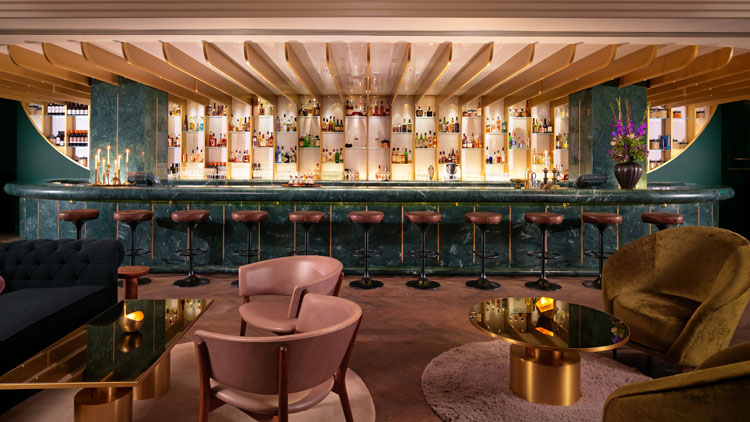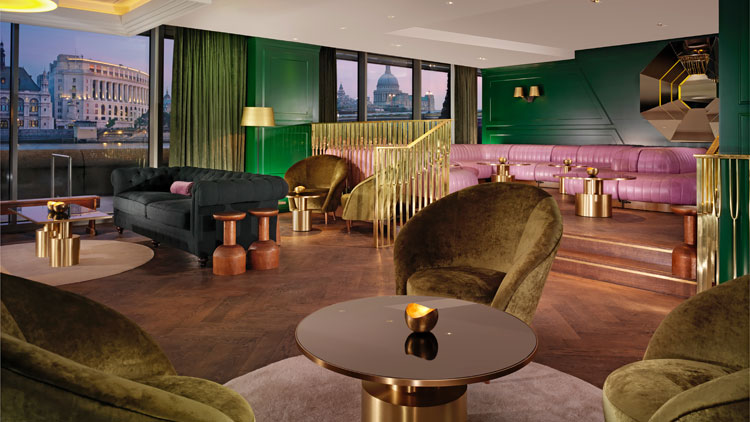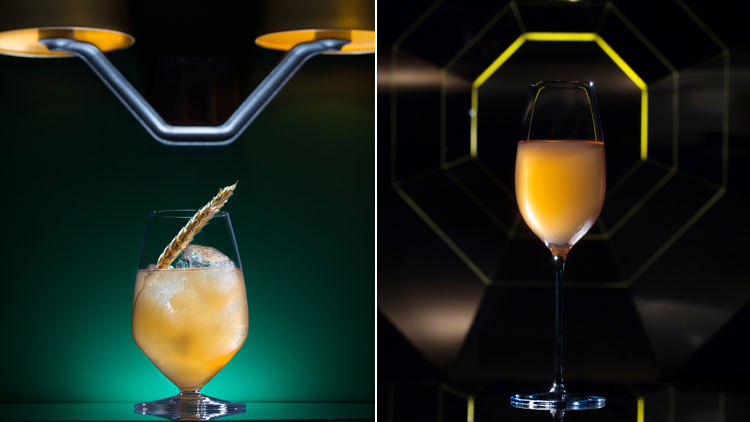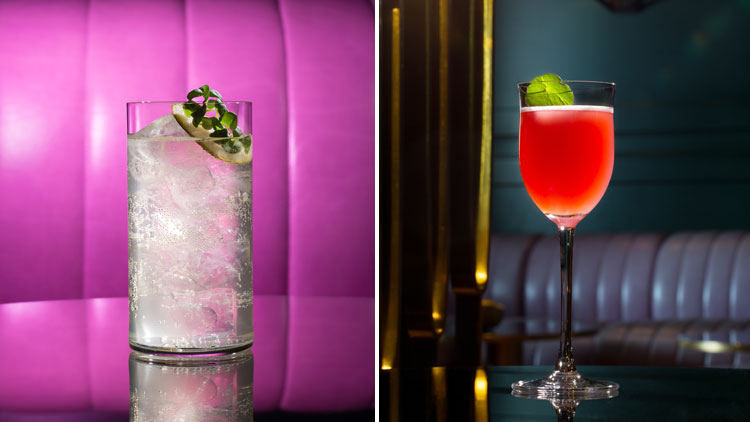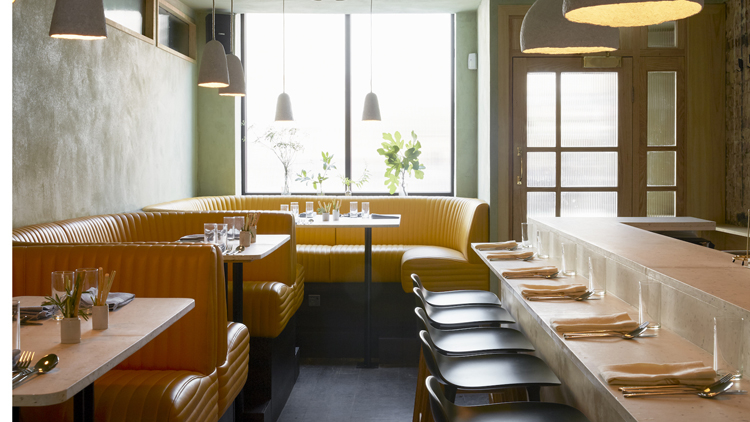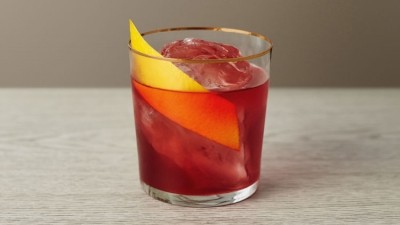Mr Lyan: "Seasonal and foraged produce won't feed the world"
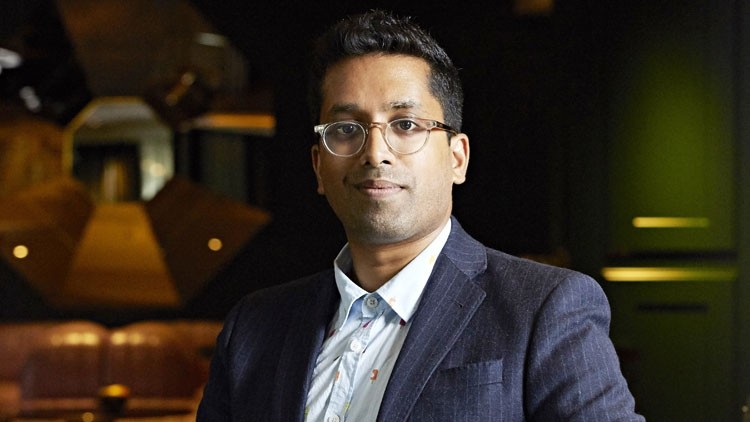
In the rarefied world of top-end restaurants and cocktail bars, industrialisation is a profoundly unsexy topic. Yet Ryan Chetiyawardana is looking to kick-start a conversation about it with his new menu at his flagship London bar Dandelyan. “The idea that industrialisation is something to be celebrated is a controversial idea in the professional circles I move in,” the 34-year-old concedes. “Many of my peers in bars and restaurants go out of their way to avoid them, in fact.”
It’s a controversial move in an industry niche that’s increasingly following the restaurant world’s lead and focusing on small batch production and seasonality, but a typically idiosyncratic one for the Birmingham-born Chetiyawardana, who is considered by most in the know to be one of – if not the most – influential bartenders in the world.
“The focus on seasonal and foraged produce has been great in terms of educating the consumer about food production, but seasonal and foraged produce won’t feed the world,” he continues. “We need to find ways of producing high quality products on a big scale. We’re focusing on the benefits of industrialisation because it’s not a conversation that anyone seems to want to have in the world of either food or drink.”
Chetiyawardana – or Mr Lyan as he is more commonly known – is eschewing all seasonal, foraged and smallbatch products for his The Modern Life of Plants menu, which he says represents the biggest ever creative shift since the bar opened at South Bank’s Mondrian London back in 2014. Previous menu themes include The Vices of Botany, which focused on the “shadier side of the plant world”, with each section investigating the role of botany in human vices.
An atypical world class cocktail bar
Currently ranked second on The World’s Best Bars list, Dandelyan is an atypical world class cocktail bar. First and foremost, it’s not a difficult place to get into. There’s no hidden door or unsympathetic bouncer to negotiate, you can book well in advance and the South Bank venue is open longer hours than most cocktail bars (from 4pm to 1am Monday to Wednesday and 12pm to 2am Thursday to Saturday). It’s also much larger, with around 100 seated covers.
The scale of the operation allows pricing to be comparatively egalitarian. All the cocktails on the menu are priced between £12.50 and £13.50 (drinks are often north of £20 at the exclusive venues that jostle for position on best bars lists). “There isn’t a bar in the world that offers the style of drinks we do and the service we offer at this sort of volume,” says Chetiyawardana. “There’s nights here where we’ll do 1,000 cocktails.”
An ex-chef, Chetiyawardana has also borrowed from the operational playbooks of kitchens to create a slick and speedy experience. This addresses a common problem in ambitious cocktail bars: that the drinks take so long to make that by the time they arrive you’ve lost interest. Dandelyan has a pass and a bartender in charge of expediting and checking drinks before they are sent out to the floor, a tactic that can sees cocktails ready in as little as a minute.
“I hate chasing my tail. I love that cocktails are now ubiquitous through bars, pubs and restaurants. But sometimes you see people’s setups and think ‘that’s a disaster, you should just serve beers and wines’,” says Chetiyawardana.
There’s also an obsession with prep – roughly 100 hours a week are spent on mise en place. “I don’t really separate serving food and serving drink. To me it’s the same thing. We’re all buying ingredients, doing things to them and giving it to our guests. We probably buy as many different ingredients as most restaurants,” continues Chetiyawardana, who uses a lot of contemporary kitchen techniques, including sous vide, rotary evaporation and temperature-controlled blending.
Like a good kitchen, it’s all in the mise en place. As we talk at least half a dozen staff are stocking the bar for service and several more juice, distil, measure, grind and blend in the prep kitchen below. Dandelyan also deals with some unusual and powerfully flavoured products that can’t be used a la minute unless processed first.
For example, the team is currently using a perfumer’s ingredient called ambergris (a wax-like substance that comes from the intestines of the sperm whale) as a flavour fixative and accelerant. It is grated, dissolved in neutral grain alcohol and then waterbathed at 70 degrees. “With big flavoured ingredients we do the processing ahead of time so we can be confident that it is consistent and balanced when we serve it,” says Chetiyawardana, who fell into bartending while studying biology in Edinburgh. He went on to study art and philosophy, with all of these fields now fuelling his work (he continues to work with academics on various drinks-related projects).
Most of the geeky stuff happens behind the scenes, however. Chetiyawardana’s drinks are refreshingly low on gimmicks. Those expecting high concept serves and dry ice will be disappointed, but Dandelyan’s drinks deliver in terms of flavour and originality.
Mixing sustainable drinks
The idea for The Modern Life of Plants menu, launched last month, germinated shortly after Dandelyan launched. “We were on our second menu and we found an incredible but very small vermouth producer. Our volume at Dandelyan is high so we ended up wiping out most of their stock. It wasn’t sustainable for either party. It got us thinking about the consequences of the purchasing decisions that we make. What happens when a drink leaves the menu and we no longer need a product? What happens when fashions change and chefs no longer need farmers to grow a particular product?”
The menu is now split into three sections: mint, grape and hops. Chetiyawardana has form for creating and embracing creative constraints – he once launched a bar that used no ice, no perishables and served everything from premix – but in this case the focus on each of the three ingredients is mostly non-literal. Each cocktail has a wide variety of ingredients, with each paragraph-long description designed to start a conversation about a particular aspect of food and drink production.
For example, Dandelyan’s Nitrate Manhattan (Tapatio blanco tequila , Talisker 10 Year Old, rhubarb saison, lanolin, bitter and sweet herbs) is inspired by the interdependence between crops and livestock in some farming systems, while the Brundall (Bacardi 8 Year Old, Bramble, apple, mint, ground ivy) is a reference to Mr Colman (of mustard fame) single-handedly saving an obscure variety of British mint (Black Mitchum). It’s esoteric stuff, but Chetiyawardana believes his creations will get people talking.
“We get more time to talk with our guests than most restaurants. In fact one of the reasons I swapped kitchens for bars is that I felt disconnected. There’s also a sense of captivity you can get in a restaurant which you don’t get in a bar. We try and dangle enough information to make them intrigued. Maybe 20% of people just want a great drink, but the rest want to know about the thought process behind our drinks and how they are made.”
Rethinking the classics
His current favourite on the new menu is a take on the cosmopolitan, a now extremely unfashionable amalgam of vodka, Cointreau and cranberry juice that was popularised by Sex and the City in the early noughties. The drink is in part a commentary on how TV can influence drink choices, and how this in turn can affect the entire supply chain.
“It is based on a drink that has fallen out of favour and it also makes use of two unfashionable ingredients: vodka and sour mix. When vodka is used in cocktails it’s nearly always there for the alcohol rather than the taste. We’ve subverted that idea because you can really taste the vodka. The drink – which is on the grape section of the menu – has a story behind it, but it’s also really delicious.”
The new menu has caused Chetiyawardana and the team to rethink how they choose and work with their suppliers. He’s been working with agronomists and government bodies to understand the supply chain and how purchasing decisions affect those that grow it.
“Mint is a staple in cocktail bars and is often airfreighted so we looked very closely at it. We initially looked at dealing directly with farmers but settled upon a middleman that is doing things in a more considered manner. A lot of suppliers don’t really consider where their products are coming from, but this one does and works closely with its farmers.”
The Modern Life of Plants menu also sees Chetiyawardana reassess how non-alcoholic drinks are approached. Previously, as with most bars, Dandelyan had a separate list of non-alcoholic cocktails but now a large number of the drinks on the main cocktail menu are available in dry versions. “It’s becoming a category people are now taking notice of and we don’t want to segregate anymore. They now represent one in 10 of our cocktail sales. It’s crucial to approach booze-free as something exciting and different, not a box ticking exercise,” he says.
To make a great non-alcoholic cocktail Chetiyawardana advises finding an ingredient or ingredients that partly mimics alcohol in order to create a flavour profile that feels grown-up. A good example is Dandelyan’s Paper Clip Fix, which uses chillies and gunpowder tea to provide spicy notes, warmth and depth.
An increasingly prolific bartender
Chetiyawardana seems increasingly omnipresent in the drinks world. In addition to Dandelyan he runs a bar at Selfridges as well as his original East London bar, which used to be called White Lyan but is now named Super Lyan. He has his own gin, his own canned soft drink and has consulted for a number of restaurant groups including Bao, Cinnamon Collection, Rick Stein Restaurants and The Modern Pantry.
Last year he entered the restaurant business proper with Cub, a collaboration with Douglas McMaster of Brighton zero waste restaurant Silo and Dr Arielle Johnson, who used to work for Noma but now works on food-related research projects at MIT.
Located next to Super Lyan in Hoxton, the restaurant is designed to blur the lines between food and drink via a sequence of small plates and cocktails. “It’s not about matching food and cocktails,” Chetiyawardana says. “That’s often where people go wrong – it’s hard to combine cocktails and food as that they tend to have a significantly higher abv to beer and wine. There is an á la carte option but the vast majority of our guests leave the food and drink menu to us.”
Like his other ventures, there’s a focus on sustainability. The venue only buys “wholly sustainable” ingredients and uses a closed-loop method to minimise waste. Cub has a low price point, with a set food and drink menu available for £55. Like Chetiyawardana’s other projects, the genre bending space manages to be progressive and a little disruptive while remaining accessible...much like the man himself.
This is a web version of an article that first appeared in the May issue of Restaurant magazine, the leading title for the UK's restaurant industry. For more features, comment, interviews and in-depth analysis of the restaurant sector subscribe to Restaurant magazine here.
